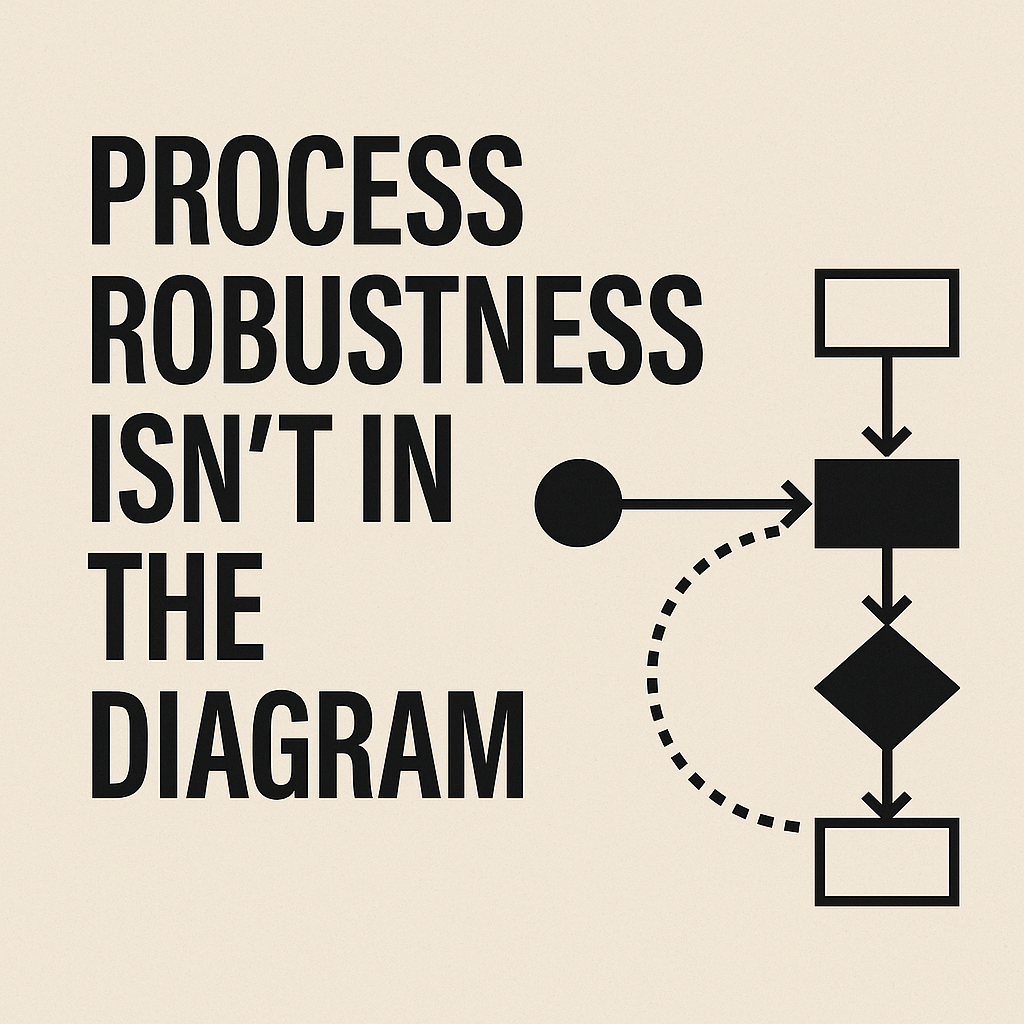It’s easy to draw a neat flowchart of how things should work. But robustness lives in the glue between the boxes: the handovers, the conversations, the undocumented expectations.
Martyn Ould, in his book on business process management, makes a critical point: processes aren’t just sequences of tasks—they’re structured interactions between roles. And there’s a big difference between the logical process (what should happen) and the physical process (what really happens).
I saw this clearly when I taught BPM at DTU. Students analyzing healthcare processes were shocked by how quickly their BPMN diagrams broke down. The actual coordination—the sticky notes, the verbal handoffs—never made it into the model.
A recent project reminded me of this again. Despite all the diagrams and swimlanes, the informal conversations that kept the process running weren’t captured anywhere.
We crave structure, but reality doesn’t stay in the lines. That’s not a flaw—it’s a feature. Don’t obsess over RACI charts. Instead, treat models as snapshots in time—useful to explore how information flows between roles, not to freeze how work should happen. All business process models are wrong. Some are useful—if we remember what they leave out.
